Data cables are essential for connecting devices, charging electronics, and transferring information. Understanding their different types helps choose the right one for your needs, with seven common types and their usage.
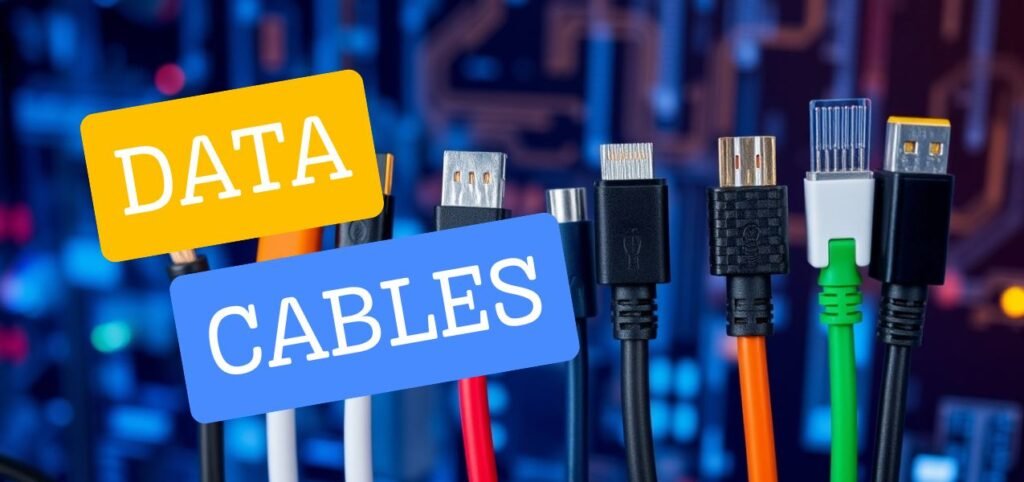
Read & Know 7 Types of Data Cables
1. USB-A Cable
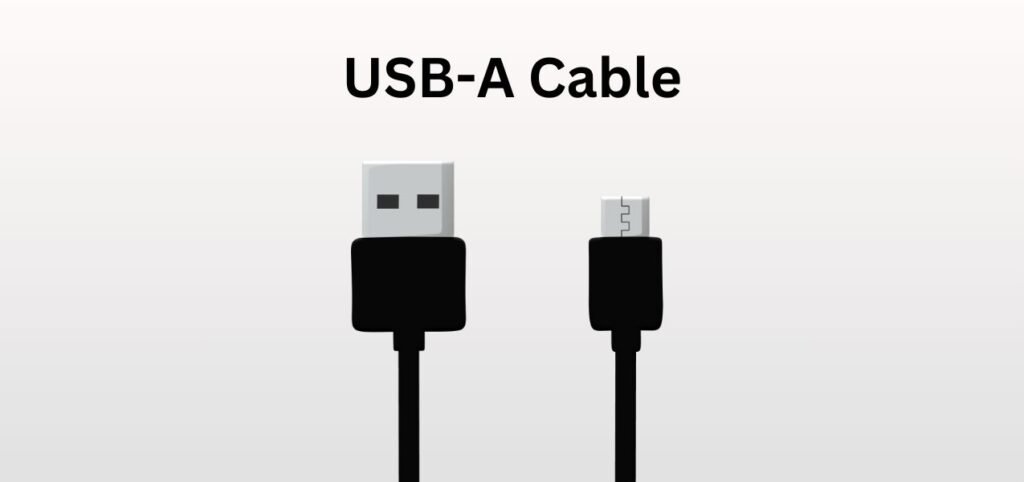
Standard USB data cables, also called type-USB A, are the most common cable on the market.USB-A is the standard-looking rectangular shape you’ll find on most computers, laptops, and cables or bricks. It is often employed to link a number of gadgets, such as keyboards, mice, printers, as well as outer hard disks. Some of the most recognizable connectors are USB-A connectors, but their disadvantage is that they can be inserted in one way, which may be quite challenging sometimes.
- Common Uses: Connecting devices to computers, charging phones, and powering small electronic
- Limitations: Cannot be plugged in both ways; USB-A ports are becoming less common on newer laptops.
2. USB-C Cable
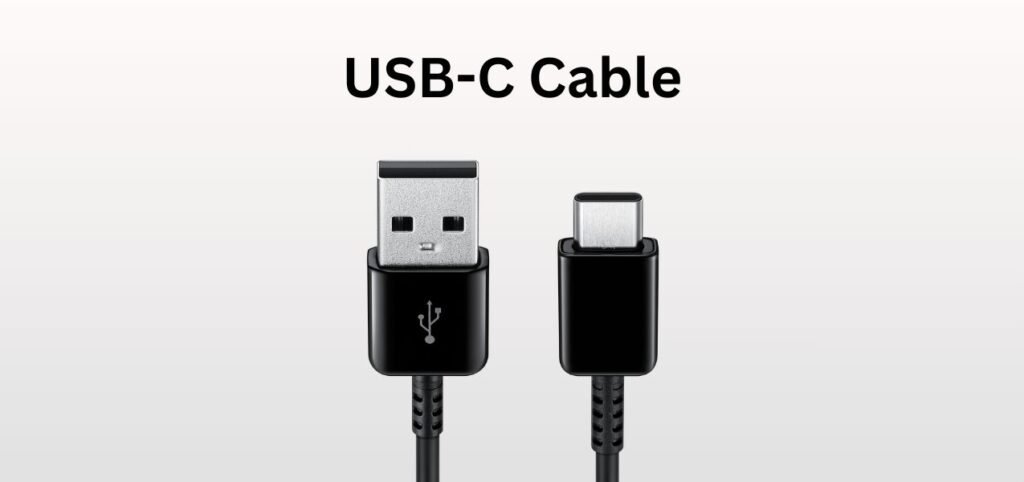
The USB-C cables are the latest version of the USB cables which have gained people’s acceptance by having high data transferring rates, and the inverted symmetry. More importantly, USB-C connectors are not as large as USB-A connectors and are more oval-shaped so users will not need to think of the polarity of the USB cable. They are now in great demand in smartphones, laptops, tablet, and other modern electronics gadgets. This cables are compatible with the high speed data transfer rate, charging of devices within a short time, and in some instances output of video.
- Common Uses: Charging smartphones, connecting laptops and tablets, transferring data.
- Advantages: Fast data transfer, reversible, can support multiple functions (data, power, and video).
3. Micro-USB Cable
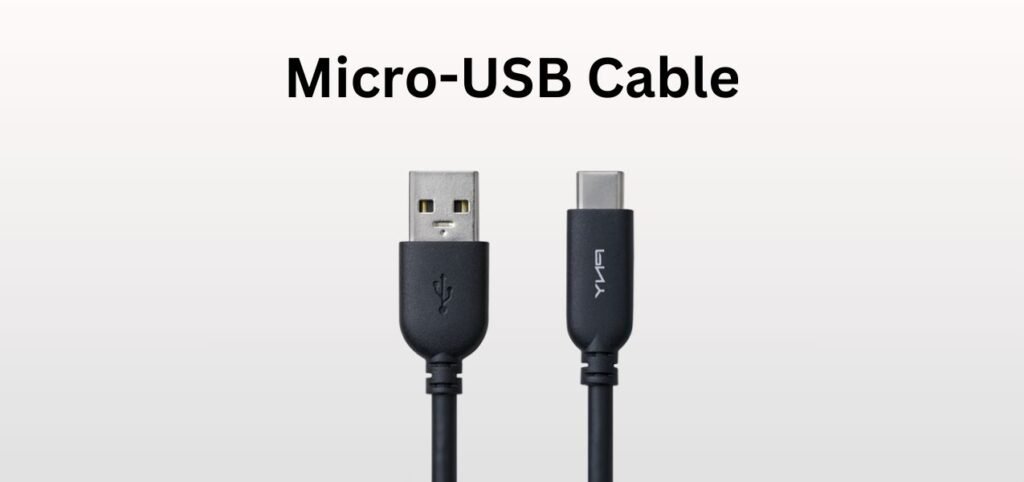
Micro-USB was the most popular type of cable used in Android smart phones and other miniature gadgets before USB-C series came into the market. This kind of cable is a little smaller than the USB-A, but its shape is rectangular. Micro-USB cables were used for a couple of years and they transfer and charge at a slower rate then USB-C. Despite the fact that they are less popular now, you can still come across Micro-USB ports on quite old gadgets such as cameras, Bluetooth speakers, etc., and power banks.
- Common Uses: Charging older smartphones, Bluetooth devices, and some gaming controllers.
- Limitations: Slower data transfer rates, not reversible, and becoming outdated.
4. Lightning Cable
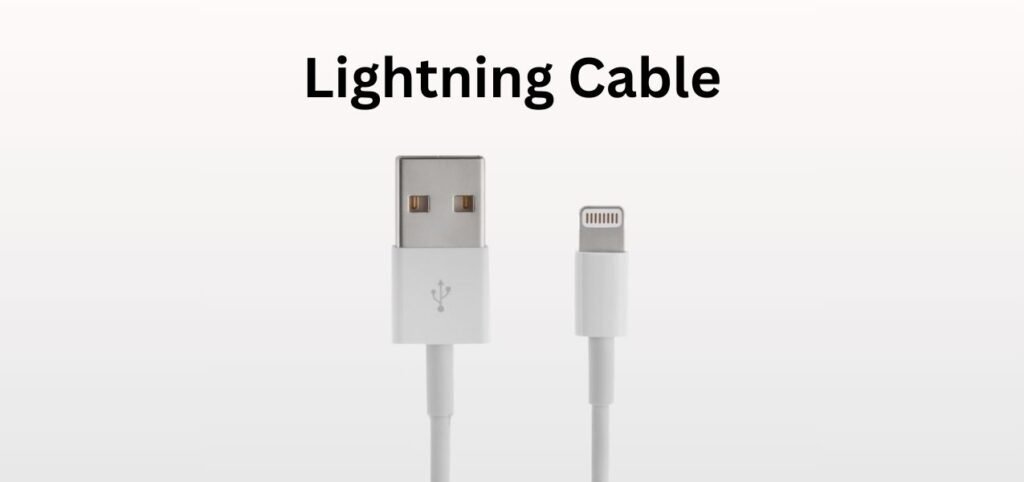
Lightning cables are original cables developed by Apple for iPhones, iPad, and other Apple gadgets. Lightning connector is specific to Apple devices and the cable is smaller than most cables with this one being slimmer. Lightning cables also enable fast charging and data transferring and however, they only support Apple devices unless we use an adapter. Apple has even begun adopting USB-C in newer models, but Lightning is still present at the moment.
- Common Uses: Charging and data transfer for Apple devices.
- Advantages: Compact and efficient; specifically optimized for Apple products.
5. Ethernet Cable
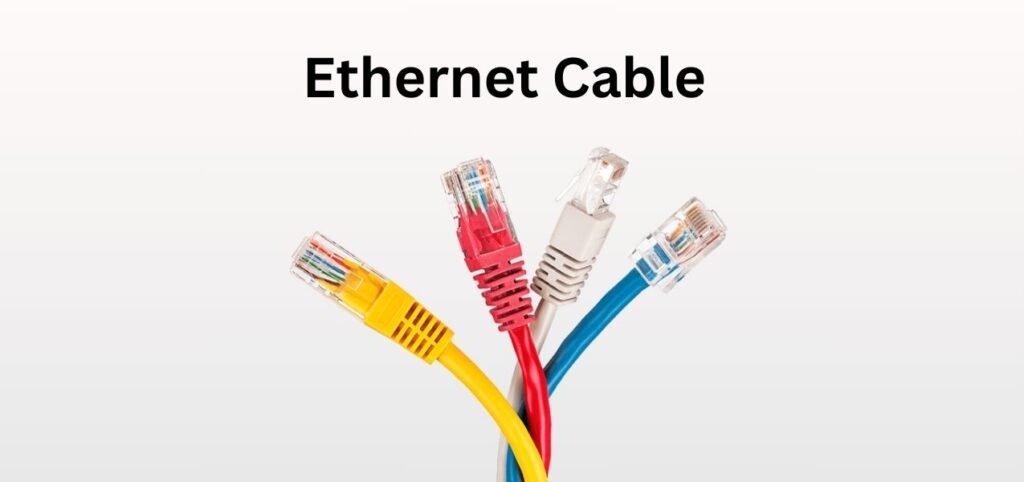
Ethernet cables are mainly employed for wired communication between devices which are computers or other network devices such as routers, modems etc. These cables have a strong flow of internet connection, which makes them much more reliable than Wi-Fi in cases of gaming, streaming or downloading large files. Ethernet cables are of different categories (include Category five or Cat5, Category six or Cat6 and Category seven or Cat7) that work with different speeds in different ways.
- Common Uses: Connecting computers to internet routers or modems.
- Advantages: Fast, stable internet connection; ideal for high-speed data needs.
6. HDMI Cable
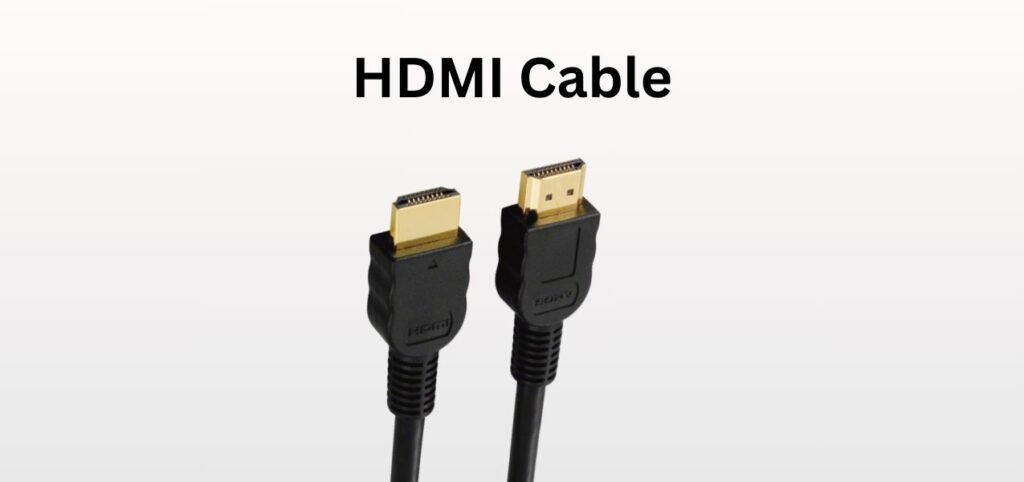
HDMI data cables especially designed to cater Audio and Video interfaces. They find most of their common application in connecting TVs, monitors and projectors to computers, gaming consoles and Blu-ray players. HDMI data cables have high definition video and audio, and are therefore popular in home theatre systems as well as gaming systems. HDMI cables are of distinct importance because they enable a high definition display of movies or games that are accompanied by sound in harmony with the picture.
- Common Uses: Connecting TVs to gaming consoles, streaming devices, and computers.
- Advantages: High-quality audio and video transfer; supports HD and 4K content.
7. Thunderbolt Cable
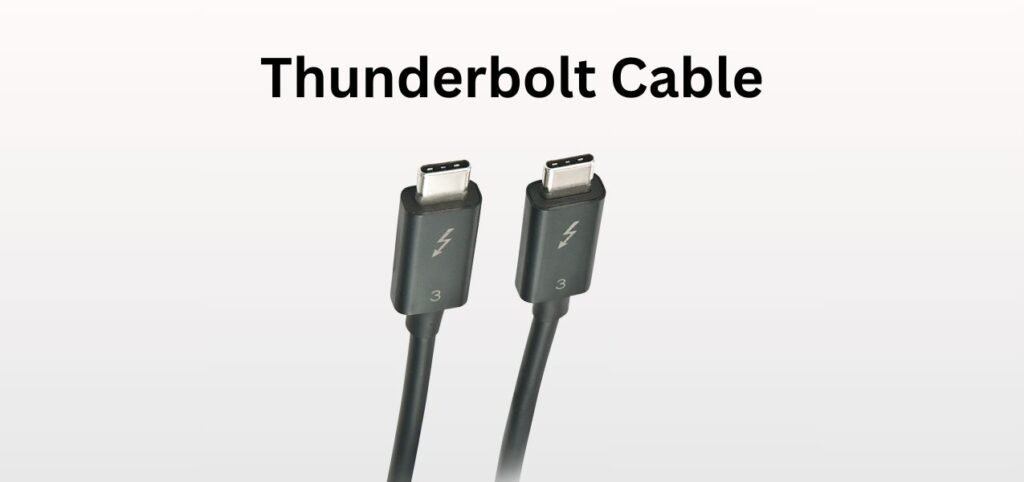
Basically, Intel and Apple created high-speed data cables called Thunderbolt data cables, and are used mostly in Apple devices, like, for example, MacBooks. Thunderbolt is a great cable that can work extremely fast or connect displays, storage drives, or other peripherals to your Mac. However, Thunderbolt has gone through three iterations; Thunderbolt 3 and 4 both use USB C connectors for compatibility with several USB C devices. With their ability to perform big data transfers, Thunderbolt data cables are a hot commodity in professional and creative fields.
- Common Uses: Connecting high-performance storage, displays, and other peripherals to computers.
- Advantages: Very high-speed data transfer, supports video and power, ideal for creative professionals.
Conclusion
Data cables, such as USB-A and USB-C, are versatile for general use, while specialized cables like HDMI and Ethernet cater to specific needs. Choosing the right cable can enhance functionality and convenience in various settings.

Pingback: 6 Best Data Recovery Software of 2025 - Tech Passion